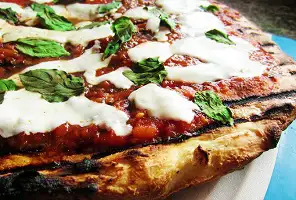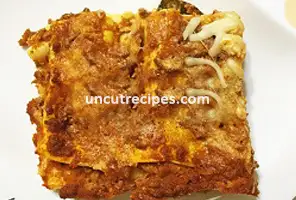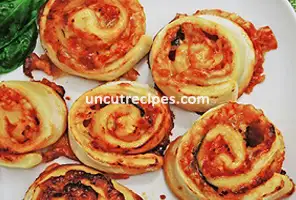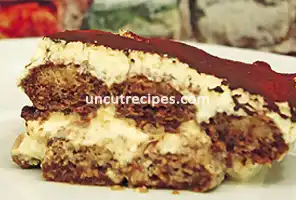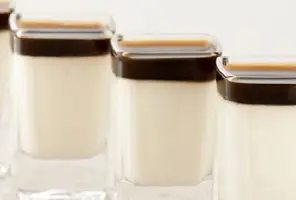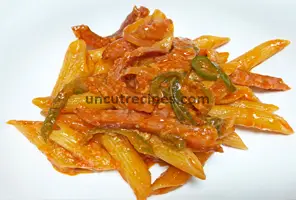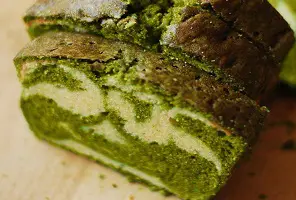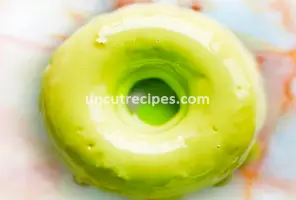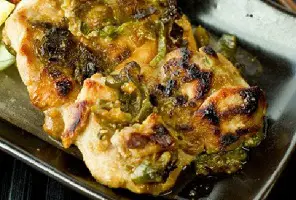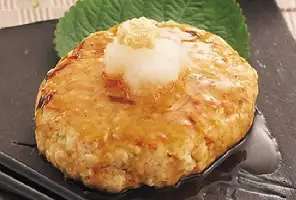Metric:
500gr Flour
( half All-Purpose Flour and half Manitoba Flour )
4 Whole Eggs + 3 Egg Yolks
160gr Butter
160gr Sugar
120gr Raisins
60ml Fresh Whole Milk
1 Grated Lemon Zest
40gr Candied Citron
40gr Candied Orange
12gr Fresh Yeast
5gr Barley
( or Corn Malt - or Sugar )
5gr Salt
1 Vanilla Pod




